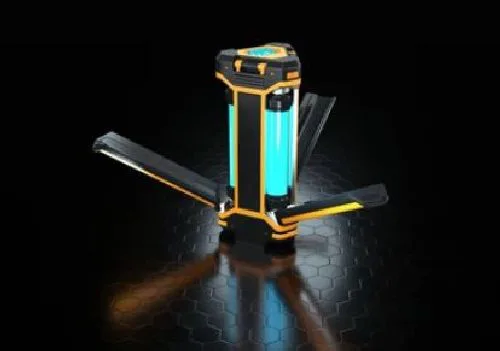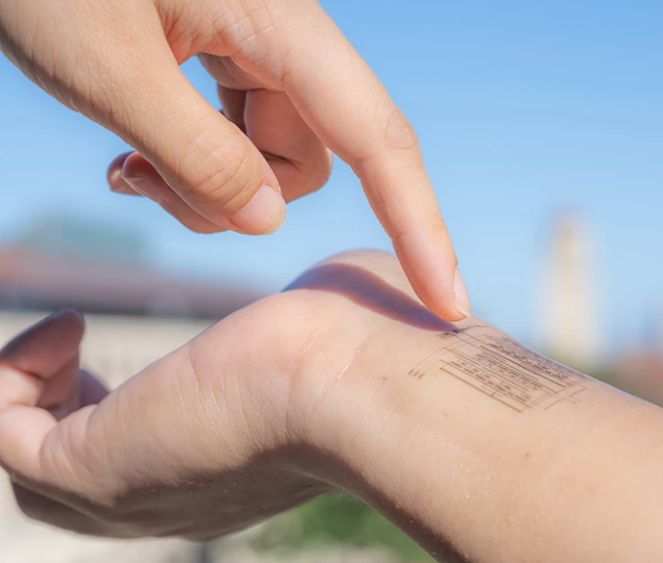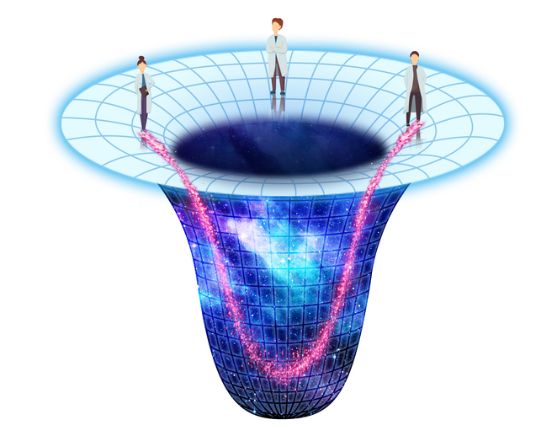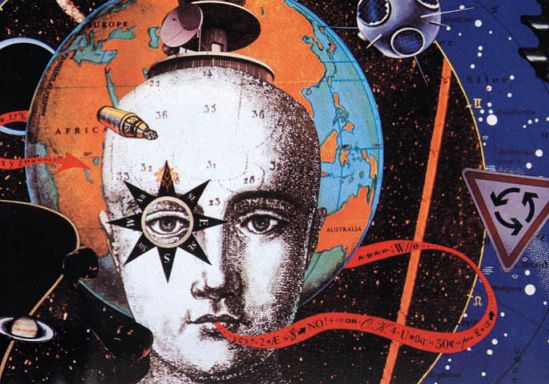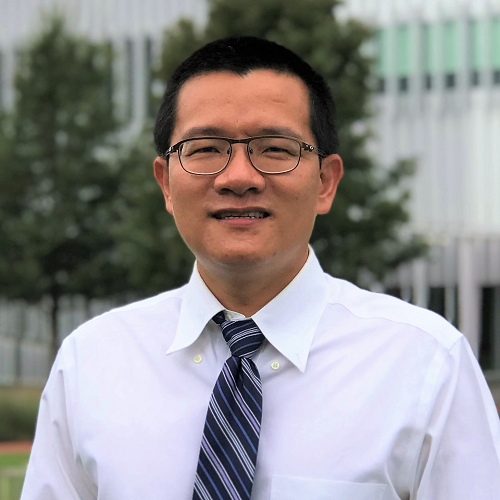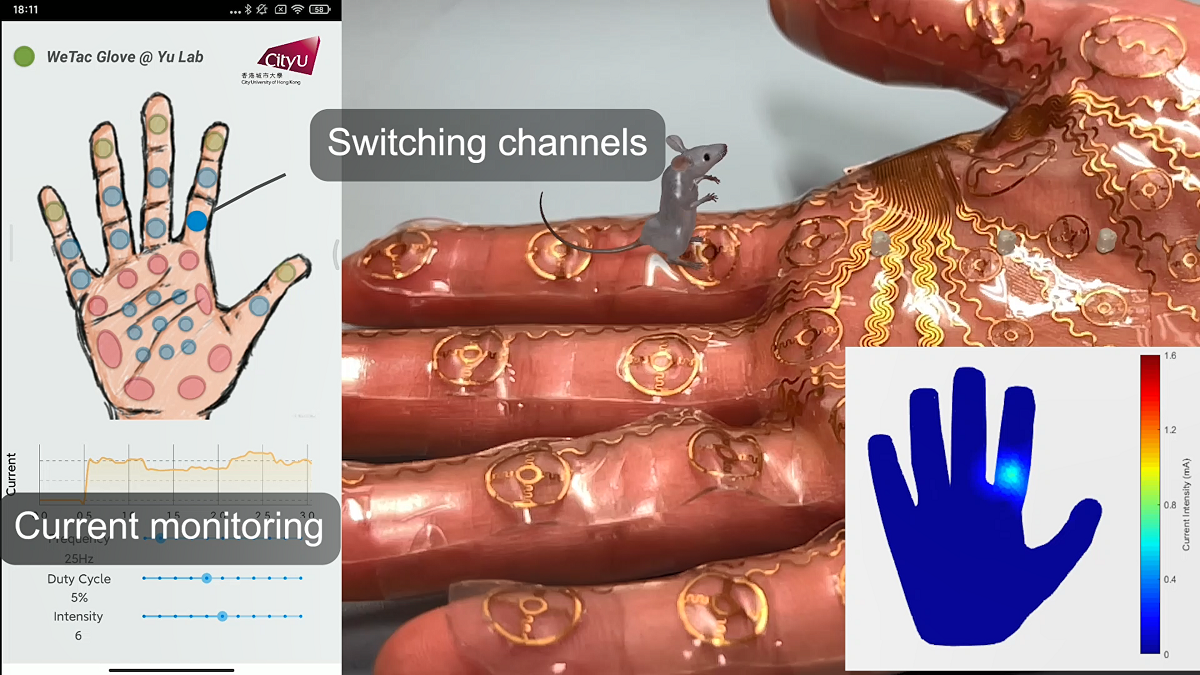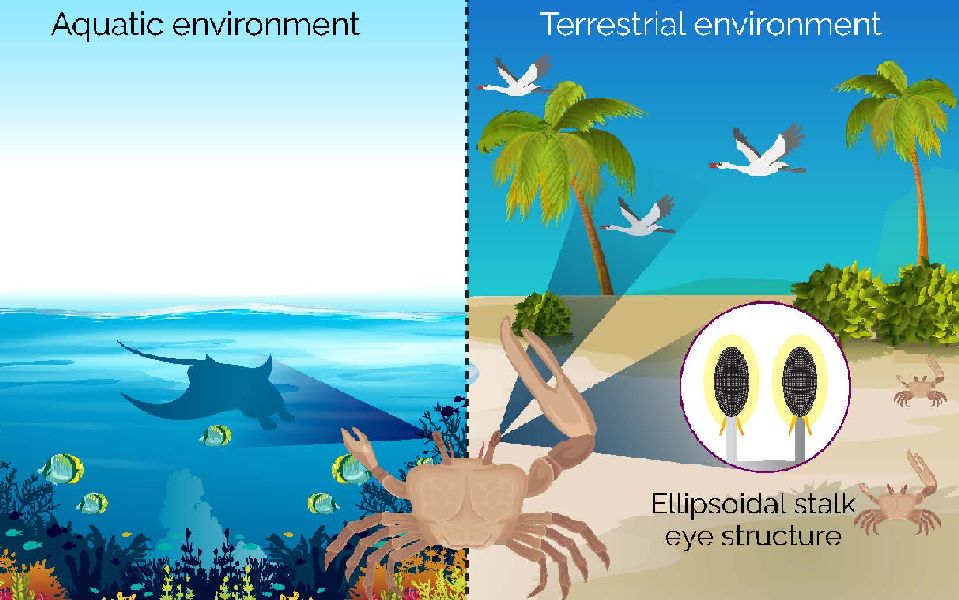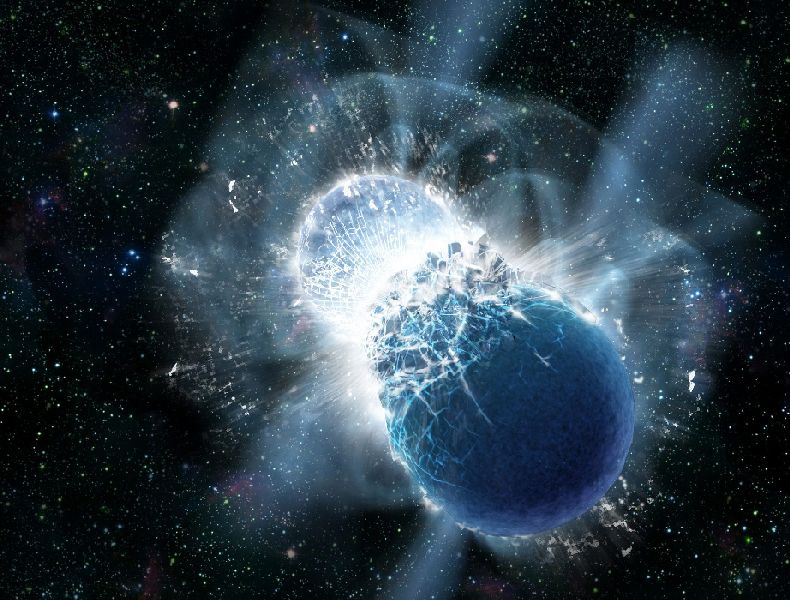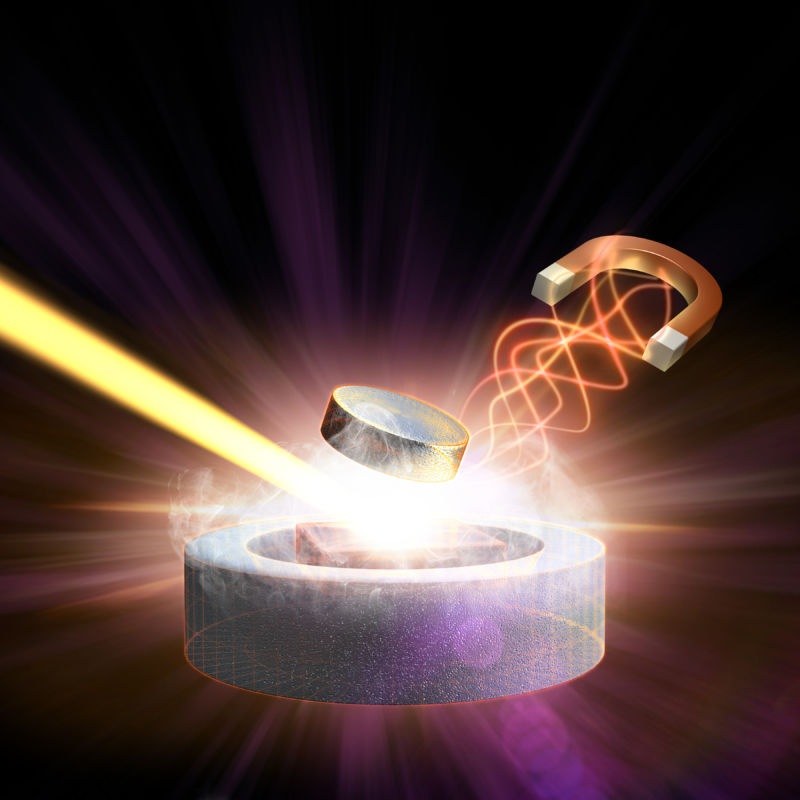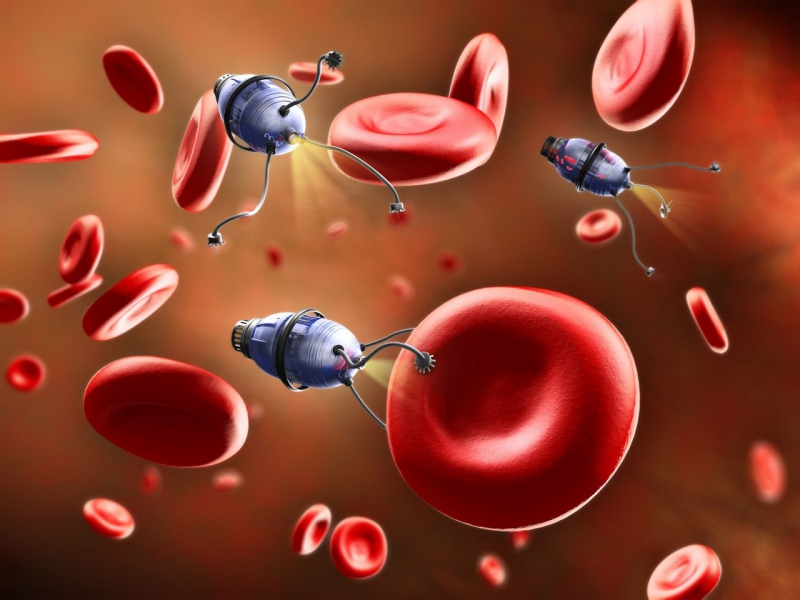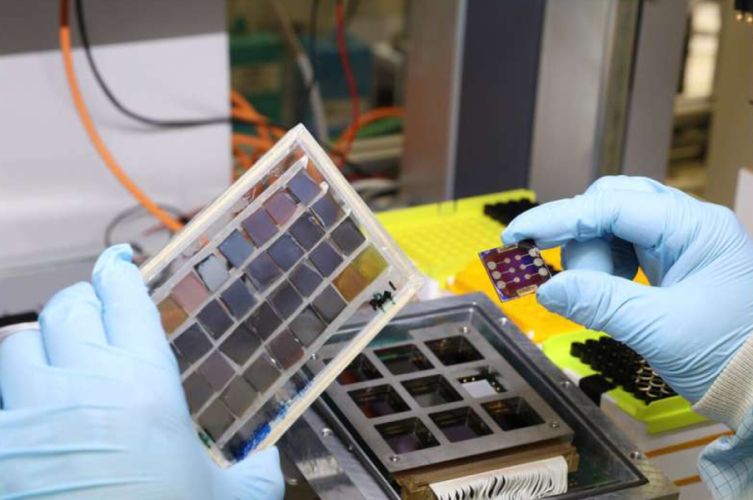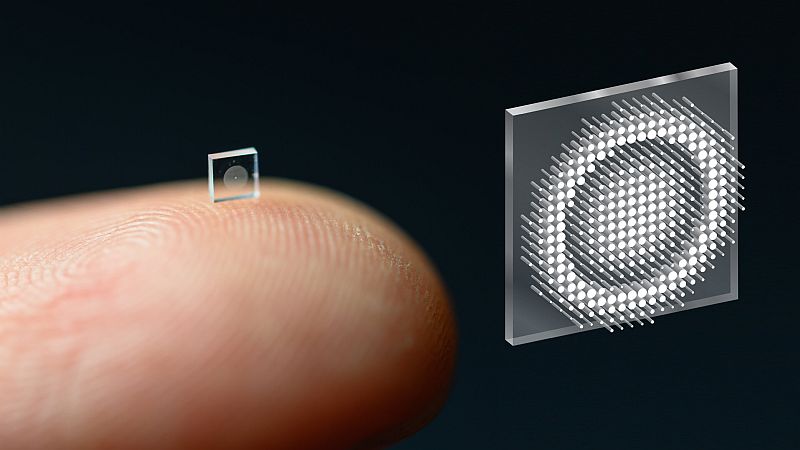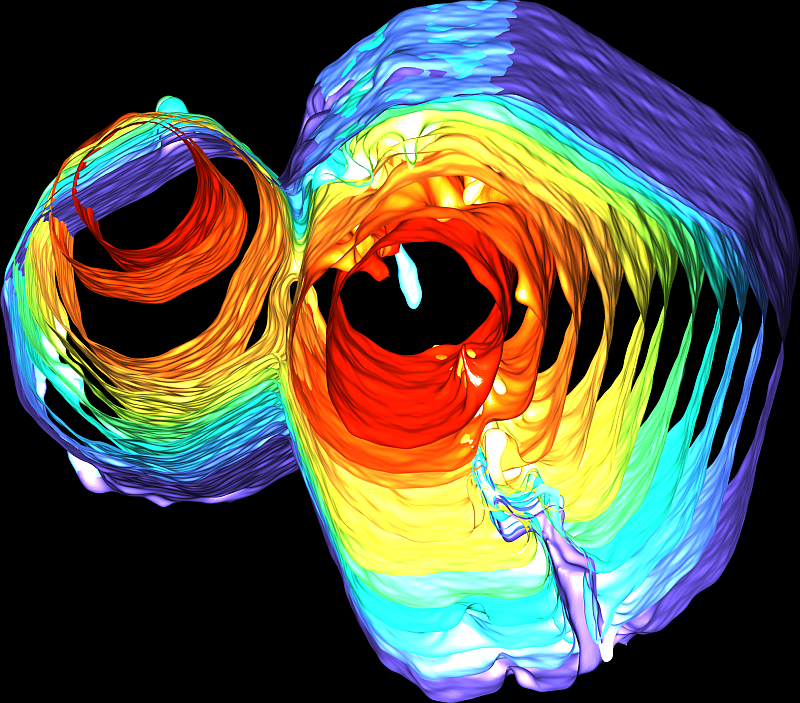Researchers from Pacific Northwest National Laboratory (PNNL) achieved a breakthrough by using a common food and medicine additive, β-cyclodextrin, derived from starch, in flow battery design. The battery maintained ability to store and release energy for more than a year of continuous charge and discharge.
Read MoreTag: concepts
Artificial Skin to Mimic Sensory Feedback of Biological Skin: E-Skin talking to Brain
Researchers at Stanford University have created a special kind of electronic skin that can sense things like heat and pressure and send signals to the brain. Electronic skin has been around for a while, but in the past, the devices used to convert these sensations into signals were bulky and inflexible. However, the new electronic skin is as soft and thin as real skin.
Read MoreGravity is Holographic Projection from a Higher-Dimension: De Sitter Space
According to Einstein’s theory of general relativity, gravity arises from the curvature of spacetime, caused by the presence of massive objects. This curvature, also, impacts the motion of all nearby objects thus, causing them to move in curved paths. General relativity however breaks down under extreme conditions such as those found in black holes and the early universe. These conditions comprise of high energies and densities, which exponentially influences the effects of quantum mechanics. And it has been observed that the laws of general relativity no longer provide a complete…
Read MoreBook review: Surfing Through Hyperspace by Clifford A. Pickover
Surfing Through Hyperspace: Understanding Higher Universes in Six Easy Lessons by Clifford A. Pickover hovers around the concept of fourth dimension. In simple words, it’s a walkthrough of higher dimensions. Clifford A. Pickover is an American author, editor, and columnist in the fields of science, mathematics, science fiction, innovation, and creativity. A futurist and science writer, Pickover likes to contemplate realms beyond our 3-dimensional reality. Interestingly, he puts his ideas down on paper for readers like us to experience his visualizations.
Read MoreDynamics between Quantum Entanglement: Coupling at a Distance
Entanglement is a unique and powerful feature of quantum mechanics. It allows two or more particles, such as photons of light, to become correlated in such a way that the state of one particle is immediately determined by the state of the other particle, regardless of the distance between them. This phenomenon has been studied extensively in the field of quantum physics. It has important implications for the development of quantum technologies such as quantum cryptography and quantum computing.
Read MoreInterview: Dr Jie Yin, Associate Professor at North Carolina State University
Dr. Yin received his Ph.D. in Engineering Mechanics from Columbia University. Prior to join NC State, he worked as a Postdoctoral Associate at MIT and an Assistant and Associate Professor at Temple University. He is the recipient of the NSF CAREER Award and Extreme Mechanics Letters (EML) Young Investigator Award.
Read MoreWearable Electrotactile Feedback System: Skin VR
Haptic systems are mainly designed to control virtual objects. Their efficacy is good, but when it comes to controllers, joysticks, and steering wheels, things look slightly bulky. And tangled wires is another task to deal with. Researchers at City University of Hong Kong have come up with a portable solution to enhance the tactile VR experience.
Read MoreCrab Inspired all weather Vision System: Biomimicry
To improve the imaging component in robotics, researchers have been trying to create various types of highly performing cameras, sensors and artificial vision systems. Most of the vision systems are bio-inspired that is, they have been emulated from the systems and elements of nature including humans, animals, insects and fish. These systems, however, have their own restrictions because they operate in limited environment respectively. For instance, majority of (bio-inspired) existing sensors and cameras works either one of the following scenarios: on the ground like biomimetic eye with a hemispherical…
Read MoreTwo Neutron Stars could give Birth to a Third: Stellar Formation
An international team of astrophysics from Manly Astrophysics and Universidad de Murcia has proposed for a new type of exotic neutron star. According to astronomers Arthur Suvorov and Kostas Glampedakis, the novel neutron star could be the result of a super strong magnetic field that emanates during a collision between old neutron stars.
Read MoreMagnetic Tentacle Robot for Autonomous Endoscopy: Soft Catheters
Magnetic tentacle robot, strange it may sound but researchers at STORM Lab at the University of Leeds have come up with a tiny canular form of robot that can explore the smallest bronchial tubes in the lungs. The nano tubiform bot measures around 2 millimetres in diameter. That happens to be two times the size of the tip of a ballpoint pen. The tentacle robot will be guided from the outside with the help of (external) magnets.
Read MoreInsulation-free Magnet to Facilitate Development of Fusion Power Plant: Superconductors
Replicating fusion on earth is one of the things that scientists globally look forward to. Once they are able to reach a state through which fusion could be created, we might get virtually inexhaustible supply of power to generate electricity.
Read MoreLight controlled Organic Microswimmers: Semi Autonomous Microrobots
The idea that nanobots flowing through our blood streams to deliver localised medication or to detect any tumour formation is no more a far-fetched dream. A group of researchers from the Max Planck Institute for Intelligent Systems (MPI-IS) in collaboration with the Max Planck Institute for Solid State Research (MPI-FKF), have developed microswimmers that can navigate through biological fluids, areas that are otherwise difficult to access. Steering is done through external form of light energy.
Read MorePerovskite Solar Cell Shows Long Stability: Photovoltaic Tech
Perovskite is an emerging name in the new generation of solar modules. Due to its super power conversion efficiency, it is extensively studied by researchers in photovoltaic technologies.
Read MoreSurface Optics & Neural Based Processing: MetaOptics
An international team of researchers at Princeton University and the University of Washington has developed a micro-sized camera to the size of a salt grain.
Read MoreFormation of Single Unit by Collision of Multiple Grains: Resurrecting Quasicrystals
Quasicrystal is a form of matter with an unusual arrangement of atoms. Although it’s called a “crystal” but it lacks symmetry. Unlike crystals, pattern within the quasicrystal does not repeat itself. They were first discovered in 1980s and since then the possible atomic arrangements violated the rules that fall under the category of crystals, that is, the materials could have only two-, three-, four- or six-fold symmetry.
Read More
